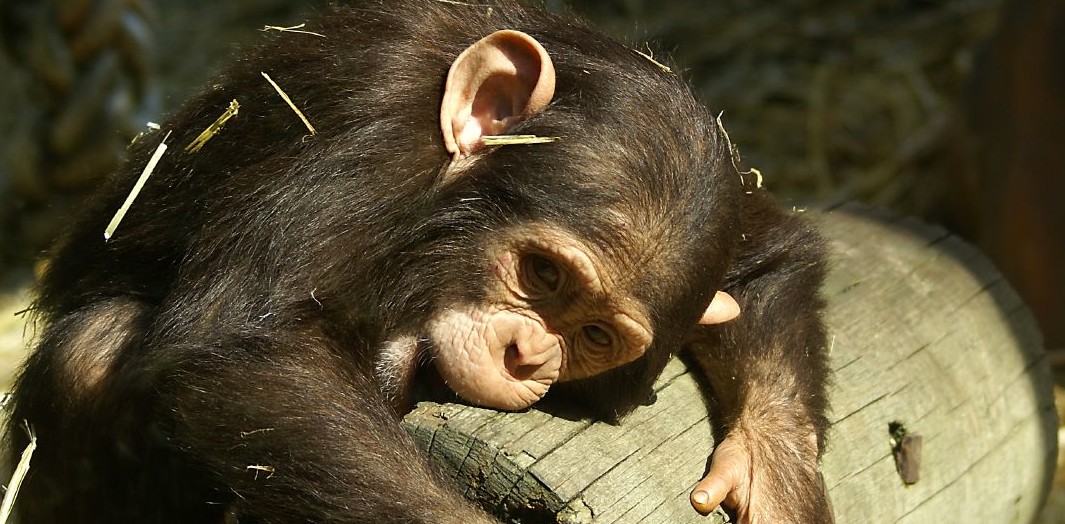New Scientist
Image: Martin Pettitt
Where did early humans bed down for the night? Evidence that some chimps routinely eschew the safety of treetops to sleep on the ground raises the possibility that some early hominins did too – with possible implications for their cognitive development.
By about 3.2 million years ago Australopithecus afarensis had arches in the soles of its feet – a key adaptation for walking on the ground. But its long arms and slender fingers suggest to some researchers that it was still comfortable with climbing.
That skeleton makes sense if australopithecines slept in trees at night to escape predators, as chimps do today. If that was the case, hominins may not have slept on the ground until Homo erectus appeared 1.9 million years ago. They lacked upper body adaptations for climbing and may have used fires to ward off ground-dwelling nocturnal predators, although the evidence for controlled fire stretches back only 1 million years.
Now, evidence from west African chimps (Pan troglodytes verus) of the Nimba mountains in Guinea suggests ground-sleeping may predate such innovations. Of the 634 sleeping nests that Kathelijne Koops of the University of Cambridge found in Nimba, 90 were built on the ground. With colleagues at Cambridge and Kyoto University in Japan, Koops collected hairs from 46 ground nests. DNA analysis showed that at least 12 chimps had slept on the ground, suggesting it is a widespread behaviour (American Journal of Physical Anthropology, DOI: 10.1002/ajpa.22056). Read more on new scientist.com…








